Entrepreneurs
Why Warren Buffett Is So Successful
Warren Buffett is an American investor, business magnate and philanthropist. Buffett is the CEO and Chairman of Berkshire Hathaway, the most successful investor of the 20th Century and he is consistently ranked among the world’s richest people.
Buffett has been consistently referenced for his investing prowess, his frugality and his amazing philanthropic work. He plans to give away ninety-nine per cent of his billions to charitable causes.
Warren Buffett’s Early Years
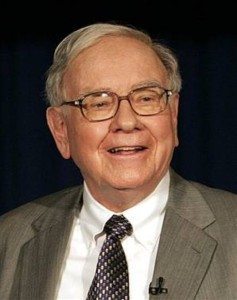 Even as a young boy Warren Buffett displayed skills in making and saving money. He would sell Coca-Cola, chewing gum and magazines door-to-door and he worked in his grandfather’s grocery store. In high school Buffett was making money through the sale of stamps and newspapers among other things. When completing his first ever income tax return, at the age of fourteen he took a $35 deduction for using his watch and bicycle on his paper route. At the age of fifteen Buffett pooled his resources with a friend to buy a pinball machine and place it in a Barbers. After a few months they owned several machines across several shops.
Even as a young boy Warren Buffett displayed skills in making and saving money. He would sell Coca-Cola, chewing gum and magazines door-to-door and he worked in his grandfather’s grocery store. In high school Buffett was making money through the sale of stamps and newspapers among other things. When completing his first ever income tax return, at the age of fourteen he took a $35 deduction for using his watch and bicycle on his paper route. At the age of fifteen Buffett pooled his resources with a friend to buy a pinball machine and place it in a Barbers. After a few months they owned several machines across several shops.
Warren Buffett’s estimated net worth is $73.3 Billion.
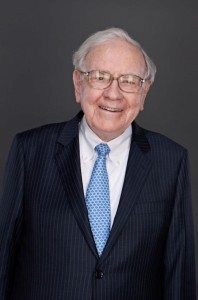 Buffett’s interest in investing in the stock market also started as a schoolboy when he would spend time in the client lounge of a regional stock brokerage office near his father’s office. At ten years of age he visited the New York Stock Exchange and at eleven he purchased three shares of Cities Service for himself and three for his sister. In high school, he invested in a business that his father purchased and also bought a farm that was worked by a tenant farmer.
Buffett’s interest in investing in the stock market also started as a schoolboy when he would spend time in the client lounge of a regional stock brokerage office near his father’s office. At ten years of age he visited the New York Stock Exchange and at eleven he purchased three shares of Cities Service for himself and three for his sister. In high school, he invested in a business that his father purchased and also bought a farm that was worked by a tenant farmer.
At nineteen Buffett graduated from University with a Bachelor of Science degree in business administration before progressing to earn a Master’s in Economics from Columbia after being rejected by Harvard Business School. He chose the Columbia Business School after finding out that Benjamin Graham, a well respected investor worked there.
Warren Buffett’s Career
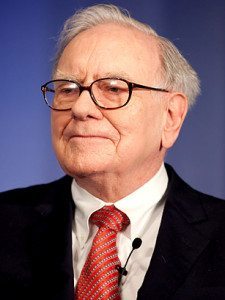 When Buffett graduated, Graham refused to hire him, saying that he should avoid a career on Wall Street. This was something that Buffett’s father agreed with and Buffett returned to his hometown of Omaha to work for his father’s brokerage firm. Shortly after Buffett’s marriage, Graham had a change of heart and offered him a job in New York.
When Buffett graduated, Graham refused to hire him, saying that he should avoid a career on Wall Street. This was something that Buffett’s father agreed with and Buffett returned to his hometown of Omaha to work for his father’s brokerage firm. Shortly after Buffett’s marriage, Graham had a change of heart and offered him a job in New York.
Once he had arrived in New York, Buffett had the opportunity to test and develop the theories he had learned from Graham during his studies. The centrepiece of these theories was ‘Value Investing‘ which involved looking for stocks that were selling at a large discount when compared to the value of their underlying assets. Buffett took on this concept and made it his own by looking beyond the numbers and considering the company’s management team and their competitive advantage in the marketplace.
“It takes 20 years to build a reputation and five minutes to ruin it. If you think about that, you’ll do things differently.” – Warren Buffett
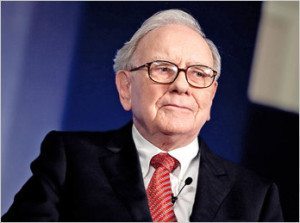 Buffett launched Buffett Associates Limited in 1956 on his return to Omaha. By 1962 Buffett was already a millionaire and went on to enter into a collaboration with Charlie Munger. This partnership resulted in the two of them developing an investment philosophy based on Buffett’s broader view of value investing. They purchased Berkshire Hathaway, a struggling textile mill on this journey and what looked like a classic Graham style value move actually turned into a long term investment when the business showed signs of improvement. They used the cash flow from the improving textile business to finance further investments with the original business surpassing the other holdings. Buffett closed the business in 1985 but chose to keep the now famous name.
Buffett launched Buffett Associates Limited in 1956 on his return to Omaha. By 1962 Buffett was already a millionaire and went on to enter into a collaboration with Charlie Munger. This partnership resulted in the two of them developing an investment philosophy based on Buffett’s broader view of value investing. They purchased Berkshire Hathaway, a struggling textile mill on this journey and what looked like a classic Graham style value move actually turned into a long term investment when the business showed signs of improvement. They used the cash flow from the improving textile business to finance further investments with the original business surpassing the other holdings. Buffett closed the business in 1985 but chose to keep the now famous name.
Becoming a Billionaire
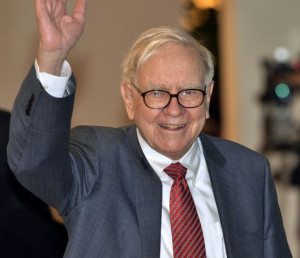 The Warren Buffett investment philosophy evolved to be based on the idea of purchasing stock in well run, undervalued companies with the intention of holding the securities indefinitely. Giants like Coca-Cola, American Express and the Gillette Company all met his criteria and remained in the Berkshire Hathaway portfolio for many years. In several cases he bought the companies outright and let their management teams carry on running the companies. Companies that are in this category include See’s Candies, Fruit of the Loom, GEICO Auto Insurance and Dairy Queen.
The Warren Buffett investment philosophy evolved to be based on the idea of purchasing stock in well run, undervalued companies with the intention of holding the securities indefinitely. Giants like Coca-Cola, American Express and the Gillette Company all met his criteria and remained in the Berkshire Hathaway portfolio for many years. In several cases he bought the companies outright and let their management teams carry on running the companies. Companies that are in this category include See’s Candies, Fruit of the Loom, GEICO Auto Insurance and Dairy Queen.
Buffett became a billionaire when Berkshire Hathaway began selling class A shares in the middle of 1990 with the market closing at $7,175 per share. His reputation remained solid until technology stocks increased in popularity. As a self-confessed technophobe, Buffett opted out of the incredible rise of technology stocks during the latter part of the 1990’s and decided to continue to only invest in companies that met is criteria. Buffett was heavily criticised for this but many of the Wall Street experts responsible for this criticism went bankrupt when the dotcom bubble burst and Buffett’s profits doubled.
“It’s better to hang out with people better than you. Pick out associates whose behavior is better than yours and you’ll drift in that direction.” – Warren Buffett
Frugality and Philanthropy
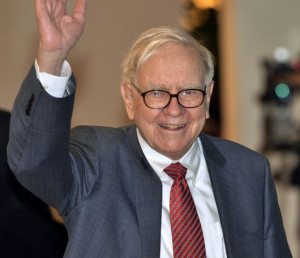 Even though Warren Buffett is one of the wealthiest people on the planet he has remained extremely frugal. He continues to live in the house that he purchased in 1958 for $31,000, he eats at local diners and still opts for simplistic, wholesome meals. He really didn’t want to buy a corporate jet and when he finally did, he named it ‘Indefensible’.
Even though Warren Buffett is one of the wealthiest people on the planet he has remained extremely frugal. He continues to live in the house that he purchased in 1958 for $31,000, he eats at local diners and still opts for simplistic, wholesome meals. He really didn’t want to buy a corporate jet and when he finally did, he named it ‘Indefensible’.
Running parallel to this frugality is Buffett’s philanthropic nature. In 2006, he made the stunning announcement that he was going to donate the vast majority of his wealth to the Bill & Melinda Gates Foundation which aims to conquer global health issues. Buffett’s total donation to the foundation numbers around the $37 Billion mark and he his donating the rest to three charities run by his children along with a donation to honour his first wife.
Conclusion
Warren Buffett is the best example of how finding a winning strategy and continuing to use and develop that strategy, (as long as it keeps winning) can generate extraordinary results.
Still, perhaps the most remarkable part of Warren Buffett’s fortune is that he plans to give most of it away. He is going to leave a legacy that will have a positive impact on the world and that is bigger than any car, home or jet that money can buy.
Warren Buffett Picture Quote
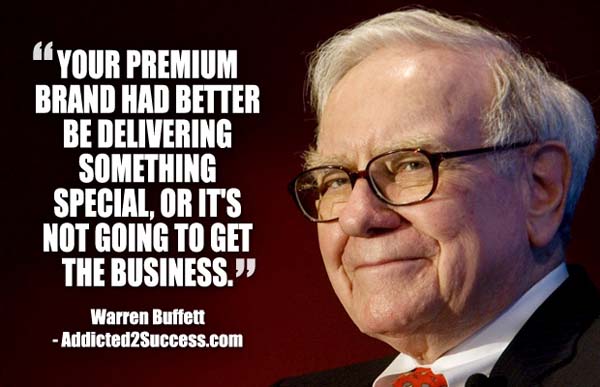
Change Your Mindset
The Silent Skill That Makes People Respect You Instantly
What truly earns respect and why most people go about it the wrong way

Everybody craves respect but not everyone earns it. Some people believe that a title, years of experience, or a position of authority automatically entitles them to respect. (more…)
Entrepreneurs
The Essential Skills Every Entrepreneur Needs In 2026
Success in the digital age isn’t about luck. It’s about mastering the skills that separate dreamers from doers.

When I was 22 years old, I started my first side hustle as a ghostwriter. (more…)
Business
The Hidden Money Pit in Your Operations (and How to Use It)
See how smart asset management software is quietly saving businesses thousands in wasted time, stock, and maintenance.

Trimming unnecessary expenses and minimizing resources is a general practice in running a business effectively. Asset management software can help you achieve those goals. (more…)
Business
Thinking of Buying A Business? These 6 Sectors Quietly Produce the Best Deals
Before you buy your next venture, check out the sectors where successful businesses are changing hands every day.

All entrepreneurs have a desire to be the masters behind a successful venture. Buying an established business is a great choice for many. This provides instant access to an established market with existing infrastructure and clients. (more…)
-

 Shift Your Mindset4 weeks ago
Shift Your Mindset4 weeks ago11 E’s That Define Every Great Leader And Why Most People Miss Them
-

 Did You Know4 weeks ago
Did You Know4 weeks agoThe Success Patterns You Inherited (And Didn’t Notice)
-

 Entrepreneurs3 weeks ago
Entrepreneurs3 weeks agoThe Essential Skills Every Entrepreneur Needs In 2026
-

 Business4 weeks ago
Business4 weeks agoThe Hidden Money Pit in Your Operations (and How to Use It)
-

 Change Your Mindset2 weeks ago
Change Your Mindset2 weeks agoHow to Turn Your Mind Into Your Greatest Asset (Instead of Your Enemy)
-

 Change Your Mindset2 weeks ago
Change Your Mindset2 weeks agoThe Silent Skill That Makes People Respect You Instantly
-

 Life2 weeks ago
Life2 weeks ago10 Research-Backed Steps to Create Real Change This New Year
-

 Tech1 week ago
Tech1 week agoWhat’s in a Name? How to Get Your Domain Right





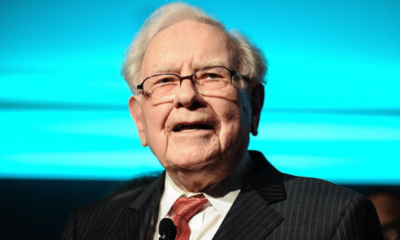

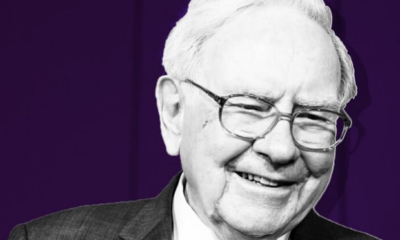



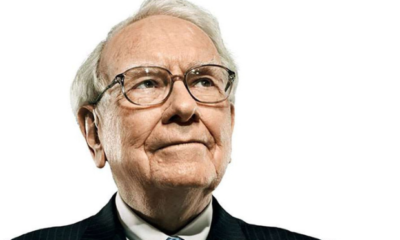

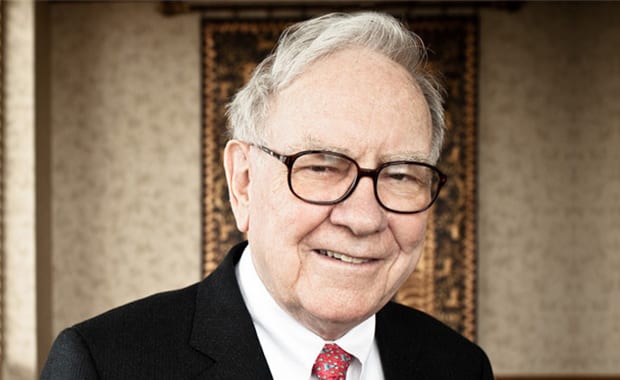











5 Comments